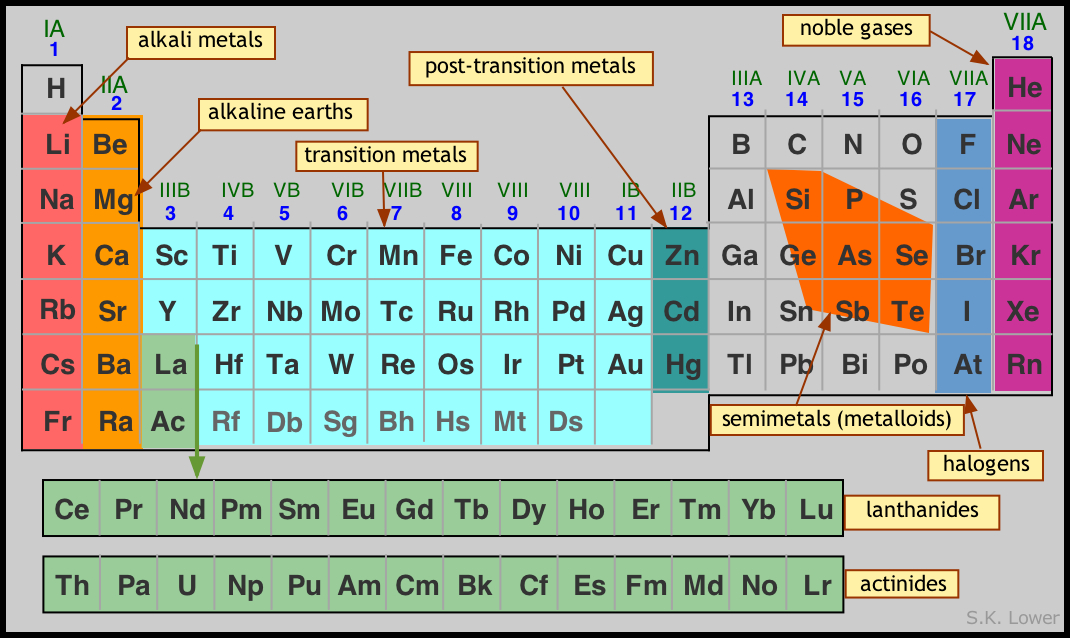When navigating the vast and intricate landscape of atomic theory, one is often compelled to ponder the fundamental differences between the elements that comprise our universe. At the forefront of this inquiry is a question that, although seemingly straightforward, invites a deeper exploration: Which element is larger, an atom of hydrogen or an atom of helium?
The comparative analysis of atomic sizes necessitates an understanding of atomic structure and the underlying principles of atomic physics. Atoms, the basic units of matter, consist of a nucleus composed of protons and neutrons, surrounded by a cloud of electrons. The size of an atom is typically characterized by its atomic radius, defined as the distance from the nucleus to the outer boundary of the electron cloud. This fundamental metric varies significantly across different elements and is influenced by various factors, including nuclear charge and electron interactions.
To contextualize this comparison, one must first acknowledge the elemental characteristics of hydrogen and helium. Hydrogen, represented by the atomic symbol H, is the simplest and lightest element, comprising a single proton in its nucleus and one electron in its outer shell. In stark contrast, helium, denoted by the atomic symbol He, is a noble gas with an atomic nucleus containing two protons and two neutrons, accompanied by a corresponding two electrons in its outer shell. This seemingly innocuous distinction in atomic structure lays the groundwork for understanding size differences between the two elements.
The atomic radius of an element generally tends to increase with its atomic number. This trend can be attributed to the additional electron shells that are populated as one ascends through the periodic table. Hydrogen, with its singular electron, possesses a relatively small atomic radius, approximately 53 picometers. Helium, however, has an atomic radius of about 31 picometers. Notably, this measurement illustrates a counterintuitive truth: despite helium possessing a greater number of protons and electrons, it is more diminutive than hydrogen.
This phenomenon can be elucidated by examining the concept of effective nuclear charge. As one moves from hydrogen to helium, the number of protons in the nucleus increases, which enhances the overall positive charge experienced by the electrons due to the phenomenon of electron shielding. In helium, the two electrons are subjected to a stronger effective nuclear force than the single electron of hydrogen. This stronger attraction causes the electrons in helium to be drawn closer to the nucleus, resulting in a smaller atomic radius.
Moreover, the nature of electron-electron repulsion must be accounted for when discussing atomic size. In hydrogen, with only one electron, there is minimal repulsion operating within the atom. Conversely, helium’s two electrons experience repulsive forces that could be expected to expand the atomic size. However, this effect is overshadowed by the powerful attraction of the nucleus, leading to a compact atomic structure. In this regard, the exquisite balance of attractive and repulsive forces ultimately shapes the size of an atom.
Another critical aspect influencing atomic dimensions is the quantum mechanical nature of electrons. Electrons inhabit various energy levels, or shells, around the nucleus. In hydrogen, the solitary electron exists primarily in the first energy level, wherein it traces a probabilistic cloud around the nucleus. Helium, with its dual electrons, fills the first energy level and adopts a more stable configuration, which further contributes to its reduced size. Notably, helium’s complete outer shell configuration enhances its stability, discouraging the atom from acquiring additional electrons and promoting its minimal atomic radius.
Beyond merely comparing the sizes of hydrogen and helium atoms, one may delve into the implications of their atomic dimensions. The compact nature of helium imparts distinctive physical and chemical properties, rendering it inert and unreactive under standard conditions. Conversely, hydrogen is an essential building block of the universe, participating in a plethora of chemical reactions and serving as the fundamental ingredient in the synthesis of numerous compounds.
This exploration into the relative sizes of hydrogen and helium atoms cultivates a broader understanding of atomic interactions. The realm of atomic theory is replete with complexities that challenge our innate intuitions. For instance, one might initially presume size to correlate directly with atomic mass; however, this correlation is not as straightforward as one might imagine. The juxtaposition of hydrogen and helium exemplifies the intricate dance between nuclear forces, electron configuration, and resultant atomic dimensions.
In conclusion, the inquiry into whether an atom of hydrogen or helium is larger reveals that the answer is not merely quantitative but qualitatively rich. While hydrogen possesses a larger atomic radius when taken at face value, helium’s compact structure epitomizes the response to a more robust nuclear charge and complete electron configuration. This revelation invites scholars and enthusiasts alike to reconsider preconceptions within the realm of atomic science, emphasizing the interplay of forces that define the physical universe.
Furthermore, this comparative analysis prompts one to appreciate the underlying beauty of atomic structure as a nuanced paradigm, reflecting the elegance of nature’s fundamental design. Thus, as we probe deeper into the atomic realm, we uncover not only the mechanics of size but also the profound connections interlinking atomic behavior and the cosmos at large.












